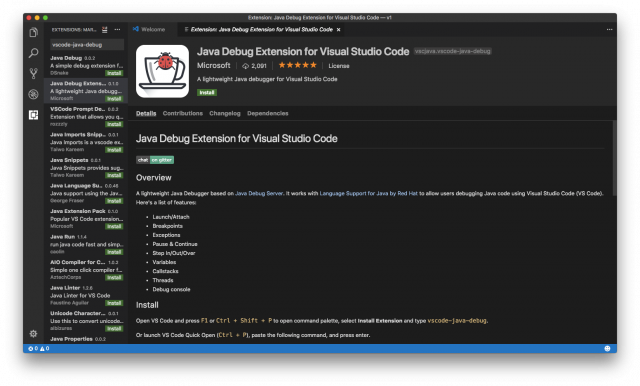

There are several ways to use Python on Android. Why shouldn’t your Python tools fit in just as well as a native tool? Native appearance, native behavior, delivered in the way a native app is delivered. And that starts with looking and behaving like completely native tools.

Shouldn’t you be able to use Python in all those locations, and exploit the unique capabilities of those platforms?Įnd users shouldn’t have to care what language their tools are written in. It happens on phones, tablets, and desktop machines with rich user interfaces. Modern computing doesn’t happen in an 80x25 console window. Why shouldn’t you be able to use Python everywhere that you need to tell a computer to do something? And shouldn’t your tools exploit all the capabilities of Python as a language, not just the bits that map nicely to a C binding? Python has proven itself as a highly capable language - approachable for newcomers, but powerful in the hands of experts.


 0 kommentar(er)
0 kommentar(er)
